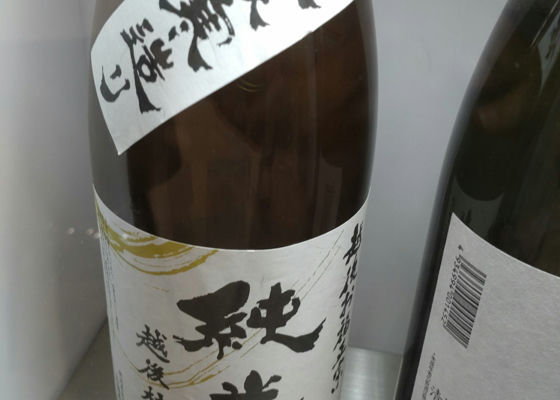
SakenowaRecord your sake experiences and discover your favorites
Timeline

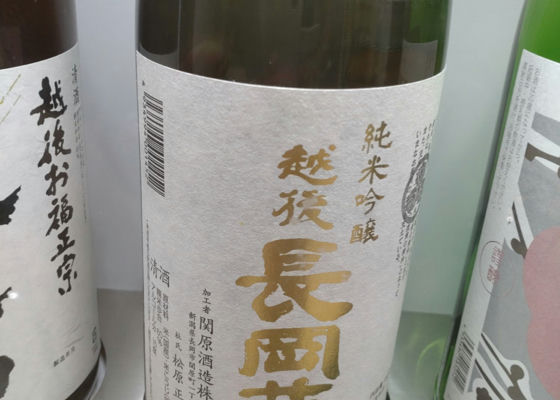
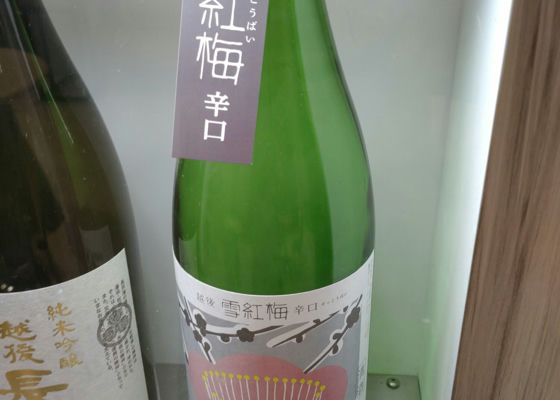
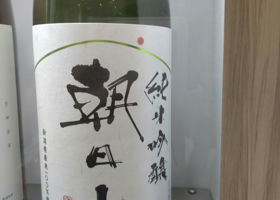
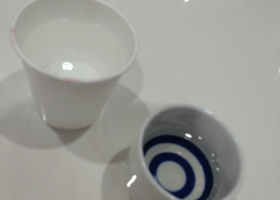
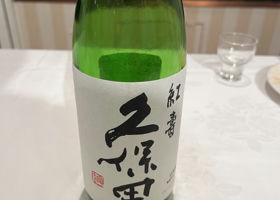
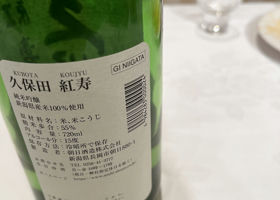
WOM
The last of the Nagaoka Sake Festival was a Kubota from Asahi Shuzo, a major sake brewer. Kubota is difficult to choose from, but I'll go with Beniju from the "Color" series. It is a junmai ginjo, and its mild aroma is typical of Kubota, but it also has a good amount of rice flavor and some acidity at the end, but I couldn't tell.
As one would expect from Kubota, this is a high quality sake.
Japanese>English
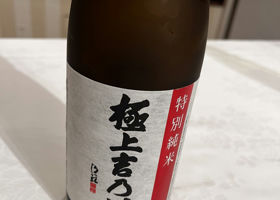
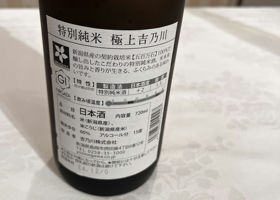
WOM
Nagaoka's camp, 6. Super major appearance. Niigata, the oldest brewery. Yoshinogawa, founded in the Warring States period. It is said to have won a gold medal in the heated sake contest, but we had it in hiya. This may be a drawback of having a large group to compare sake. However, the sake is delicious even when served chilled, as one would expect from Yoshinogawa. We felt like we must have had it somewhere before, so we didn't buy it. It was the first time we met again, and it was like we were saying hello to each other.
This is rice! Rice wine. I know what you mean by drinking rice. Fine white rice and pickles, it's an endless loop.
Japanese>English
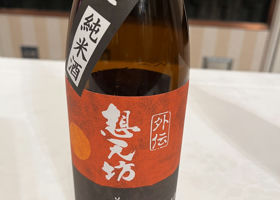
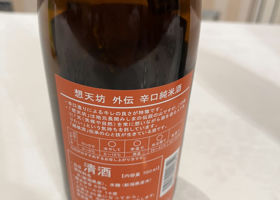
WOM
Nagaoka Sake no Yorozuya 5, also for the first time, is indeed the best Nagaoka sake in Niigata, which boasts the largest number of sake breweries in Japan. More and more sake is coming out.
This one is a bit more Echigo-style, but not too sweet and smooth.
However, it was a quick drink in a rush, so it may be different if you take your time to savor it!
Japanese>English
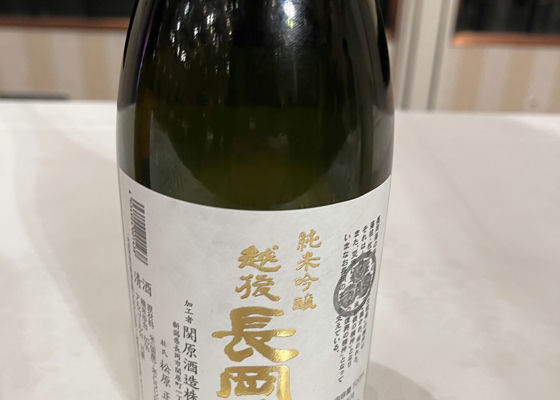
WOM
The Nagaoka Sake Festival, No. 5. It's getting more and more suspicious. This is Sekihara Sake Brewery, another first for us. It is a long-established brewery founded in the Kyoho era in Edo, and while it used to be a major manufacturer in China, it insists on cold brewing and the Echigo Toji technique. I thought Kubota and Hakkaisan were Niigata sake, but there is no difference.
It has a firm, ricey flavor, as one would expect from the Nagaoka domain, which is a rice-producing region. The gentle ginjo aroma also shines.
Japanese>English
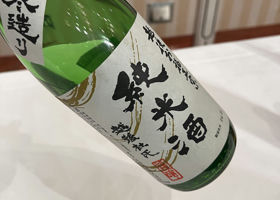
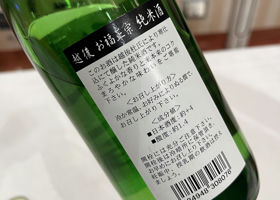
WOM
Nagaoka Sake-no-Jin, Part 3: This is also my first visit to Ofuku Sake Brewery. Fukumaso is a familiar name. It has a different taste, with a full-bodied rice flavor. You could say it has a mellow taste.
Nagaoka sake is very deep.
Japanese>English
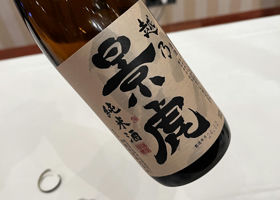
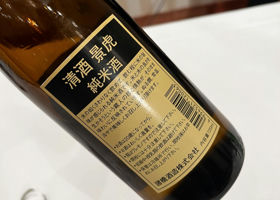
WOM
Nagaoka's camp without permission. The second bottle, also new to me, is from the major Morohashi Sake Brewery. Mainstream Niigata sake? Would it be even better if it were lukewarm? I was a bit nervous, but the rice flavor was in the middle of the smoothness. It is crisp and light.
Japanese>English
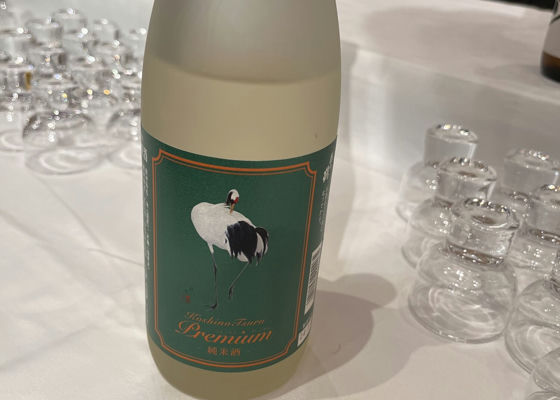
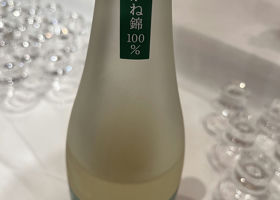
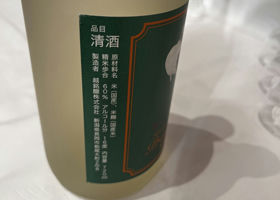
WOM
Niigata is Nagaoka's sake party? The organizer of the event, who was not a sake drinker but a sake connoisseur, gathered all the local sake breweries in Nagaoka for the event. The number of sake breweries is the largest in Niigata, with 16 breweries, which seems to be second only to Kyoto City on the city level.
Since I had given up trying to drink all of the sake from the beginning, and for some reason I also had to have a beer today, I went to the sake corner toward the end of the day while the conversation was still going on.
There were at least 10 brands lined up.
First of all, this was the first sake from Koshi Meizou. Takane-nishiki is rare. Although it is junmai (pure rice), it is fruity, especially when you put it in your mouth, and the fact that it is so crisp and refreshing makes it a tanrei!
Japanese>English